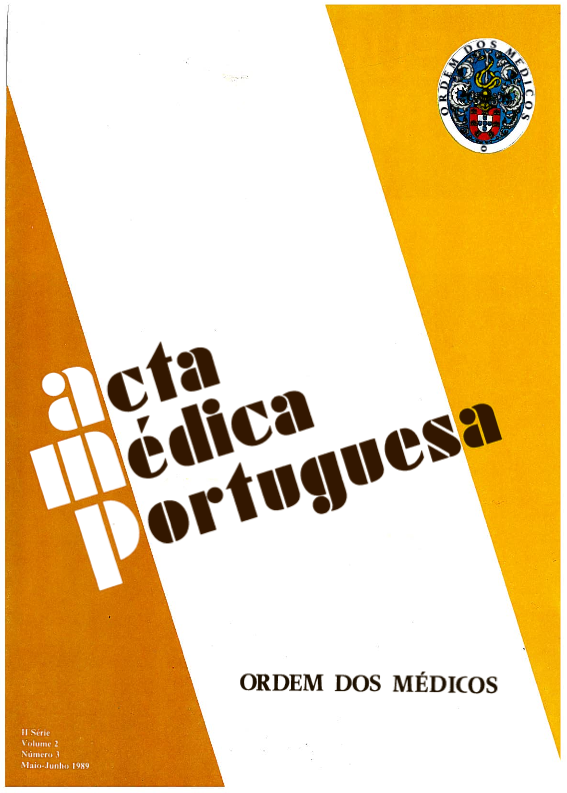Wilms tumor. Evaluation of the important prognosis factors in 22 treated cases.
DOI:
https://doi.org/10.20344/amp.3476Abstract
Twenty-two cases of treated Wilms tumor with more than two years of follow-up were classified according to Beckwith (favorable and unfavorable histology) and to Jereb & Sandstedt (histologic types I, II and III). The authors found a good correlation between histologic types I and II and prognosis (72% of the children with type I were free of tumor and of type II only 25%), but in type III no correlation was found between the histologic grading and prognosis, possibly due to the small number of cases observed. The three cases classified as unfavorable histology corresponded to histologic type III. All the children less than two years old at the time of diagnosis were free of tumor, in this group six out of seven cases were of histologic type I. In the older age group only one third of the cases were free of tumor. Otherwise, 70% of the cases with unfavorable prognosis were four or more years old, but only one had unfavorable histology. The present paper shows that the age and the histologic type determined according to the criteria of Jereb & Sandstedt are important data in the prognostic evaluation of Wilm's tumor.Downloads
Downloads
How to Cite
Issue
Section
License
All the articles published in the AMP are open access and comply with the requirements of funding agencies or academic institutions. The AMP is governed by the terms of the Creative Commons ‘Attribution – Non-Commercial Use - (CC-BY-NC)’ license, regarding the use by third parties.
It is the author’s responsibility to obtain approval for the reproduction of figures, tables, etc. from other publications.
Upon acceptance of an article for publication, the authors will be asked to complete the ICMJE “Copyright Liability and Copyright Sharing Statement “(http://www.actamedicaportuguesa.com/info/AMP-NormasPublicacao.pdf) and the “Declaration of Potential Conflicts of Interest” (http:// www.icmje.org/conflicts-of-interest). An e-mail will be sent to the corresponding author to acknowledge receipt of the manuscript.
After publication, the authors are authorised to make their articles available in repositories of their institutions of origin, as long as they always mention where they were published and according to the Creative Commons license.









